
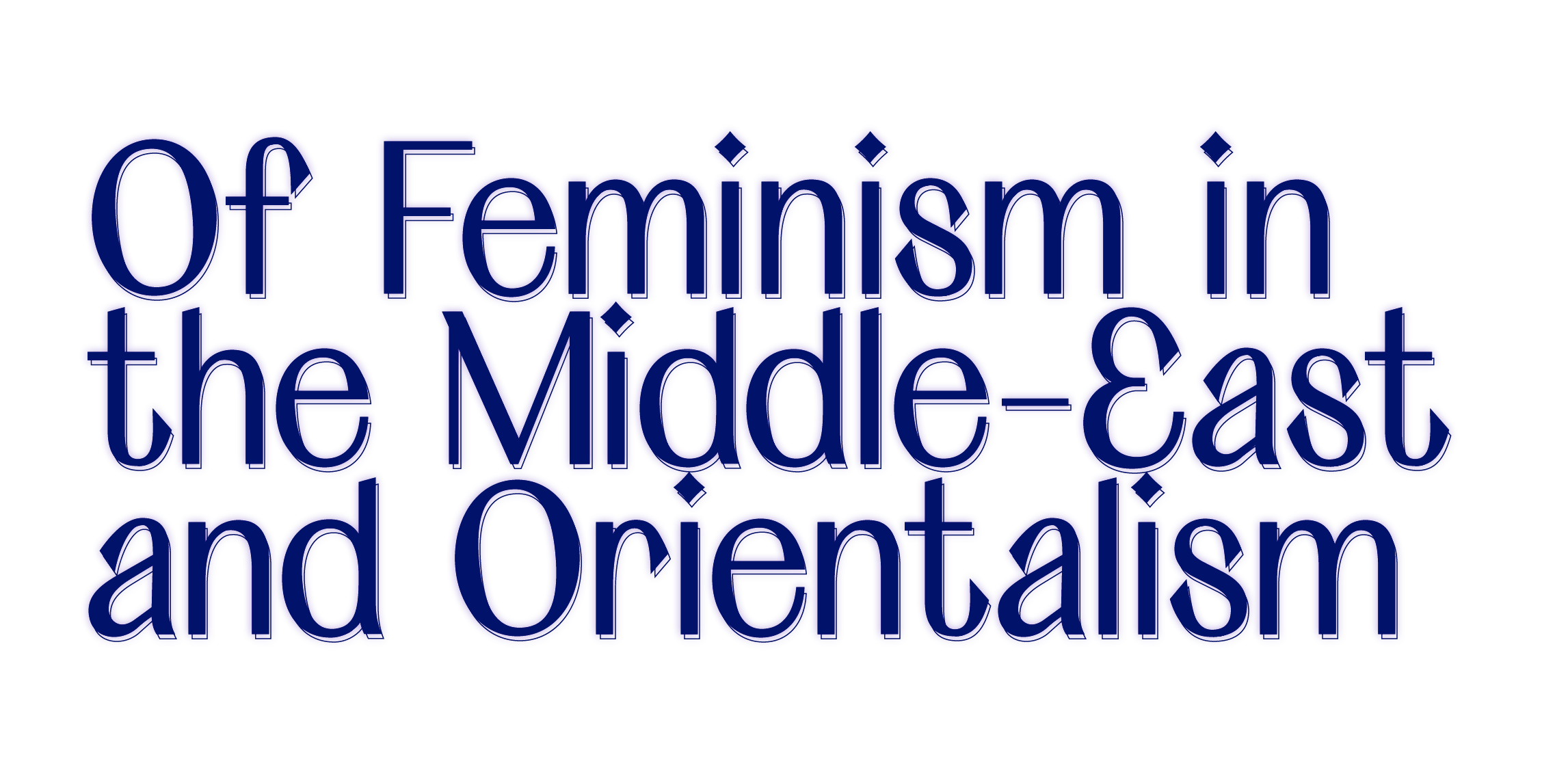

Hjördís Lára Hlíðberg
@hjordishlidberg
@hjordishlidberg
images:
Eva Sigurðardóttir
@evasigurdar
@evasig__
evasigurdar.com
Many remember well when millions of Egyptians rushed out to the streets of Cairo during the 2011 Arab Spring to demand increased freedom, better living conditions and the resignation of corrupt rulers. Less people paid attention to the fact that women played a large role in the movement, making up just under half of protesters. Without a doubt, even fewer people know that in Gulf countries like Saudi Arabia and Kuwait, more women graduate with STEM degrees per capita than anywhere in the West. Women in the Middle East have also become some of the most dynamic and creative digital activists in the world; in the last few years, many have let their voices be heard through hashtags such as #Women2Drive, #MosqueMeToo og #InsideOutAbaya. However, despite the great number of feminist movements and initiatives in the Middle East since 1923, misconceptions and the stereotyping of Middle Eastern women is still widespread in the West – but why?
When I wrote my Bachelor’s thesis in 2017 on female entrepreneurs in Saudi Arabia, people’s reaction would often be to giggle and ask if they existed at all. Contrary to common belief, an increasing number of women in Saudi Arabia have become entrepreneurs in a variety of fields and a growing number of women use social media to raise awareness of gender discrimination despite the risk of facing serious penalties. For example, the #Women2Drive movement in Saudi Arabia led to women being allowed to drive – however, the women at the forefront of the movement had to endure imprisonment, torture and sexual abuse on behalf of the state for their participation. Considering all the courageous women who are vocal about women’s rights in different parts of the Middle-East, the prevailing stereotype of the Middle-Eastern woman as submissive and silent contradicts reality.
Therefore, I ask again: why is it so common that Middle-Eastern women are portrayed as oppressed housewives who are completely passive to their husbands?

The answer may to some extent be traced back to the colonial presence of Western powers in North Africa and the Gulf in the 19th and 20th centuries and the ideological systems which developed during the era. The Palestinian-American academic Edward Said named this ideological system orientalism; fundamentally, orientalism can be used to describe how the world was divided into “East” and “West” by those who had cultural and academic hegemony. During the era, colonial powers would construct and propagate the idea that the West was inherently superior to the “backwards and underdeveloped East” through academic discourse and popular culture in order to justify their dominance over entire countries in the Middle East. Remnants of this ideology are still widespread in the 21st century as studies clearly show that the representation of Middle Eastern characters in film and television is overwhelmingly negative. Very often, Arab women are depicted as being oppressed or as being involved in terrorism. Unfortunately, some people argue that this is merely a reflection of reality. However, it is well known among academics that people of colour, including individuals of Middle Eastern origin, are disproportionately portrayed in Western popular culture as criminals or persons with negative characteristics than they are in reality. For example, terrorism on behalf of white far-right extremists is far more common in the US than terrorism on behalf of Islamic extremists. Yet, Hollywood does not reflect this reality. Research shows that negative representation in popular culture comes with consequences; muslim women living in the West, and especially those who chose to wear a hijab or other muslim clothing, are often subject to harassment and discrimination in the labour market.

Women’s rights in the Middle East are overall certainly among the worst in the world. Most of the countries in the region only gained independence from colonial powers around the middle of the last century and since then, political instability and even war has plagued many of them.
Such conditions always affect vulnerable groups within society the most, and especially women.
However, these unfavourable circumstances do not change the fact that feminist movements within the Middle East have been active for around a hundred years in a significantly more challenging societal, legal and political environment than what is usually the case for Europe and the US. Don’t the courageous women who fight for their rights despite risking harassment from other citizens or harsh penalties on behalf of the state deserve more acknowledgement and respect? And shouldn’t the women that choose to wear the hijab or to work within the home have our respect also? After all, feminism is not about deciding for other women what is best for them, but to ensure that women have the freedom and the rights needed to live life as they choose.
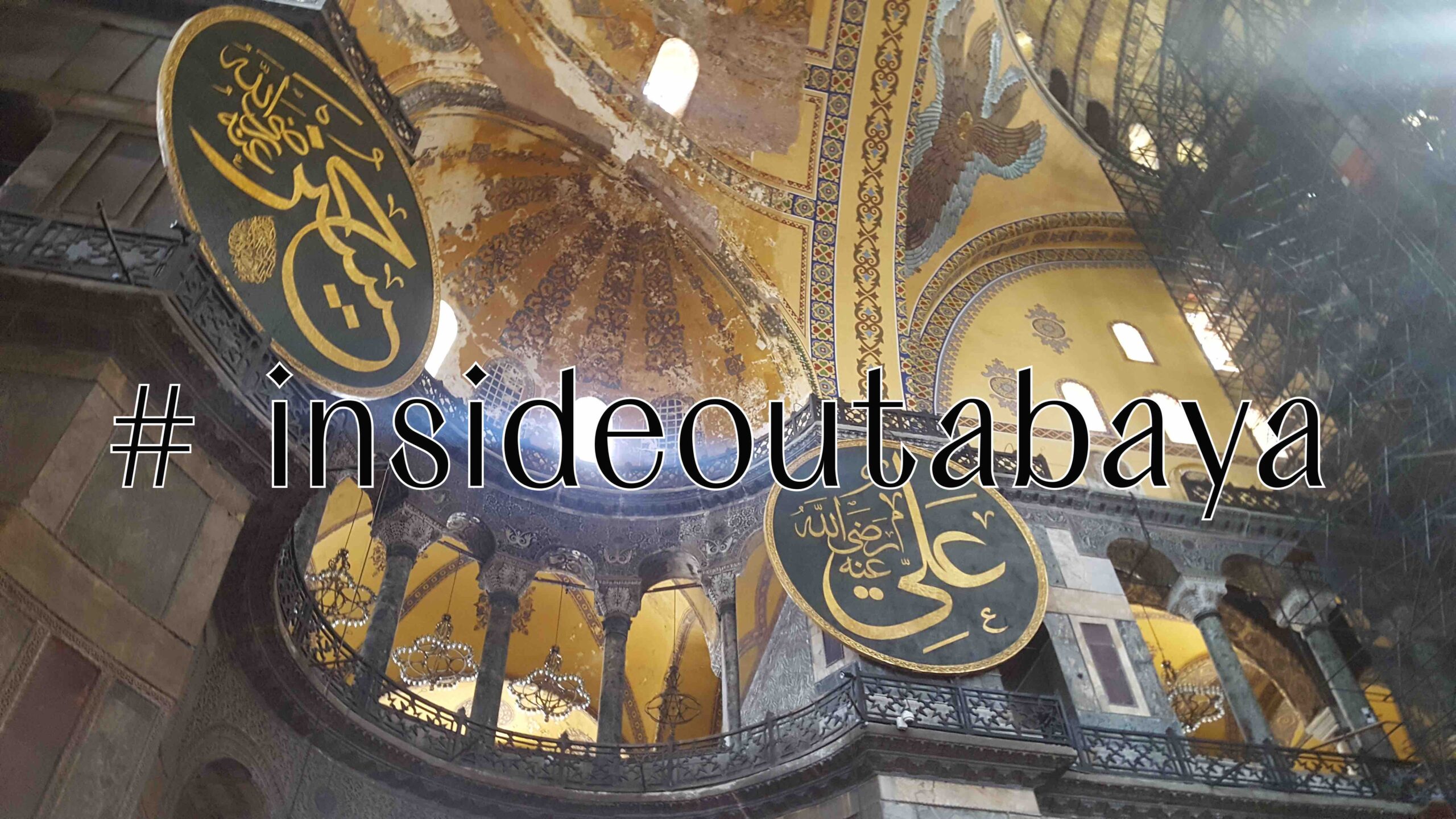
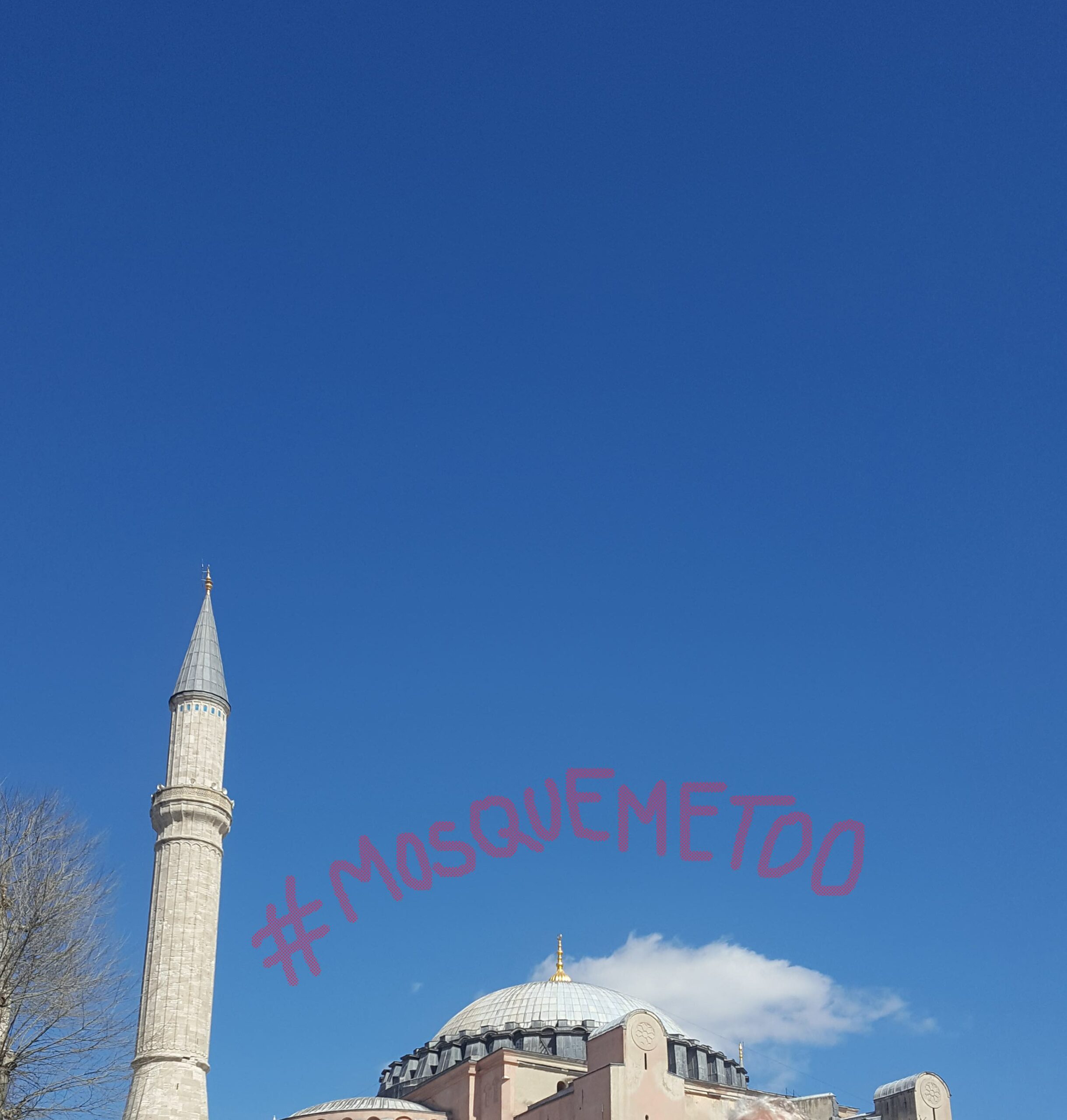
Do you support Vía?
Vía counts on your support. By subscribing to Vía you contribute to the future of a medium that specializes in, and puts emphasis on equality and diversity.
Vía, formerly known as Flóra, was founded 4 years ago for critical readers that want to dive underneath the superficial layer of social discussion and see it from an equality, inclusion, and diversity perspective.
From the beginning, Vía has covered urgent societal topics and published issues and articles that have shone a light on inequality, prejudice, and violence that exist in all layers of society.
We emphasize publishing stories from people with lived experiences of marginalization.
Every contribution, big and small, enables us to continually produce content aimed to educate and shine a light on hidden inequalities in society, and is essential for our continuing work.
Support Vía
Feminism for Everyone, Middle Eastern Women Included
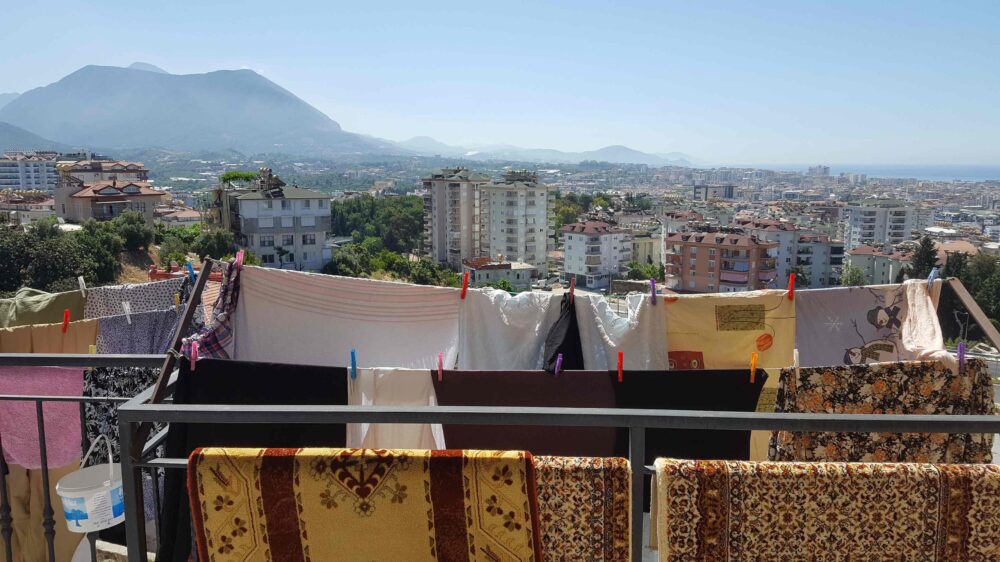
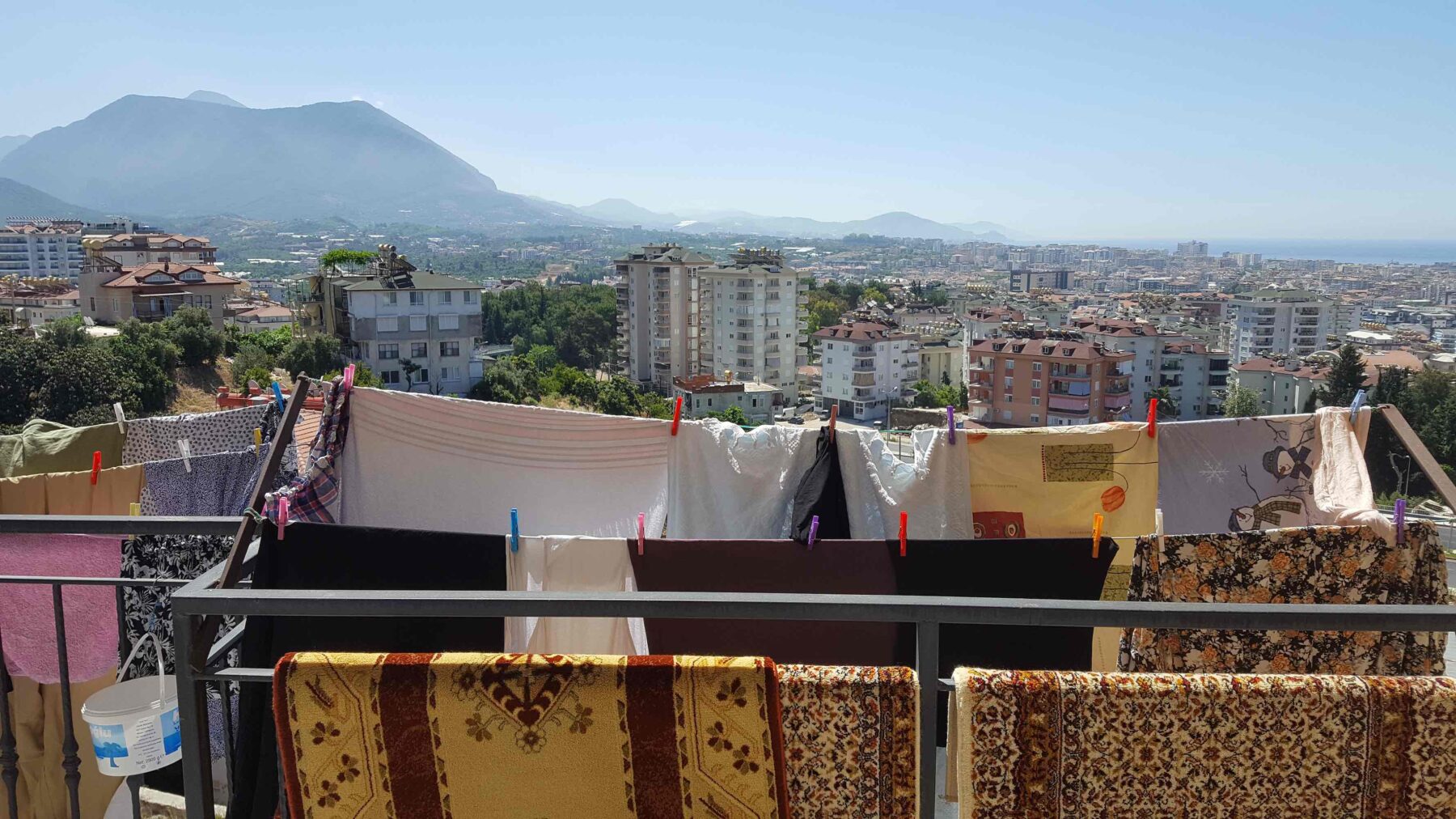
My Right to Exist
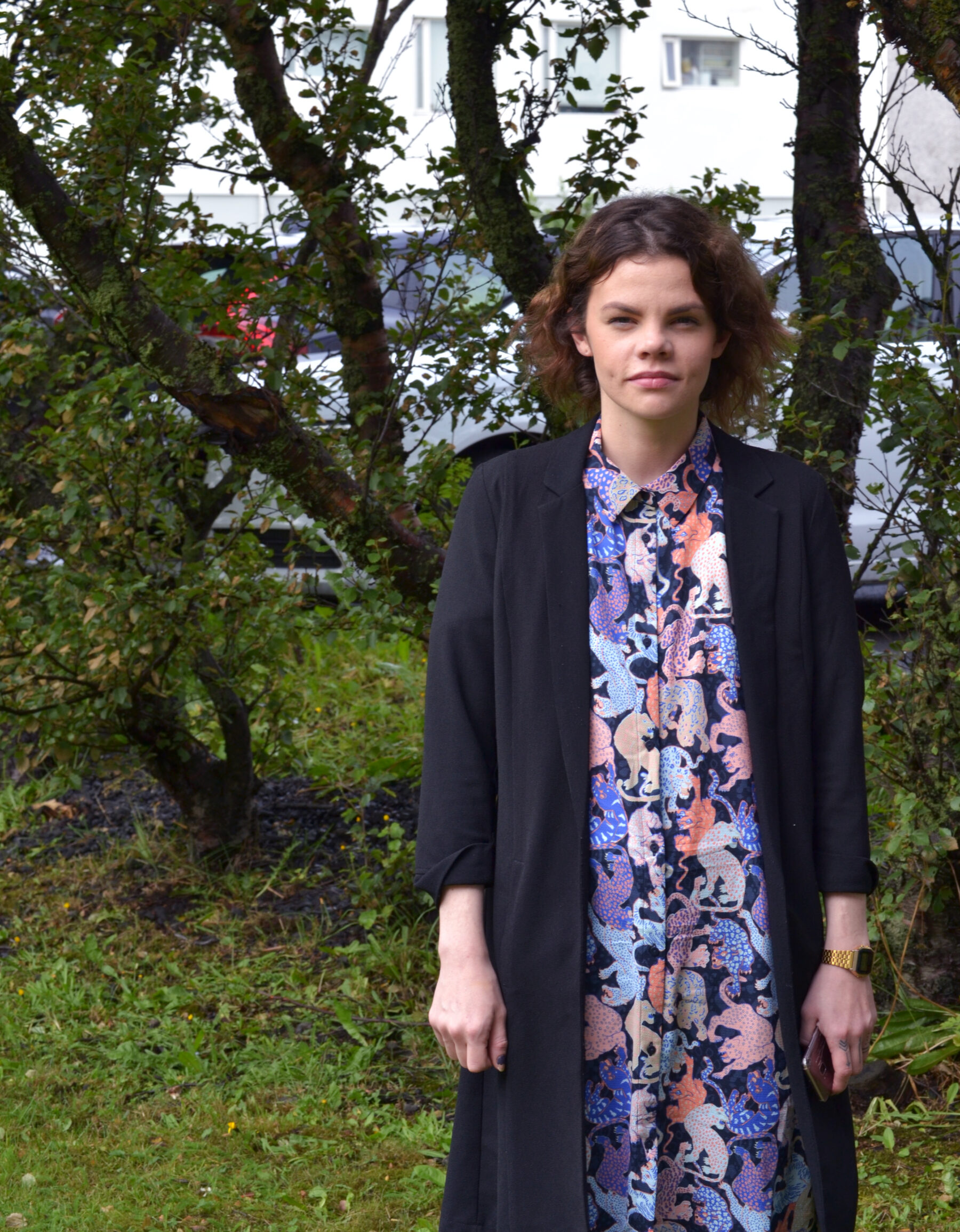

Feminism for Everyone, Middle Eastern Women Included


Reasons for Young Women to Move to the Countryside (Job Offers are Not One of Them)
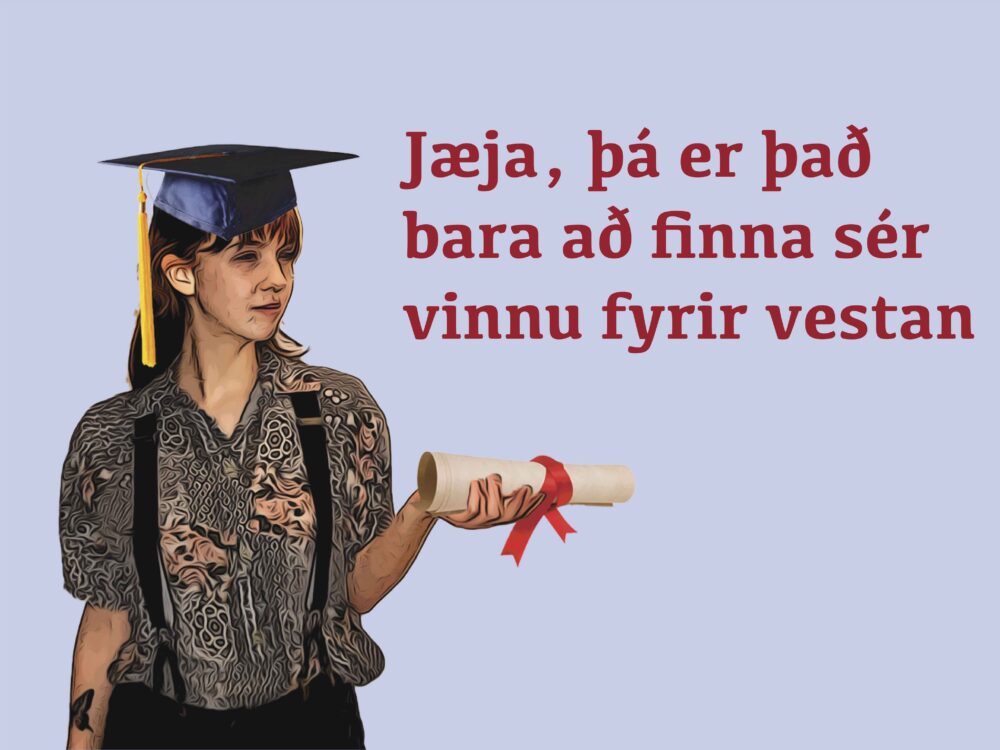
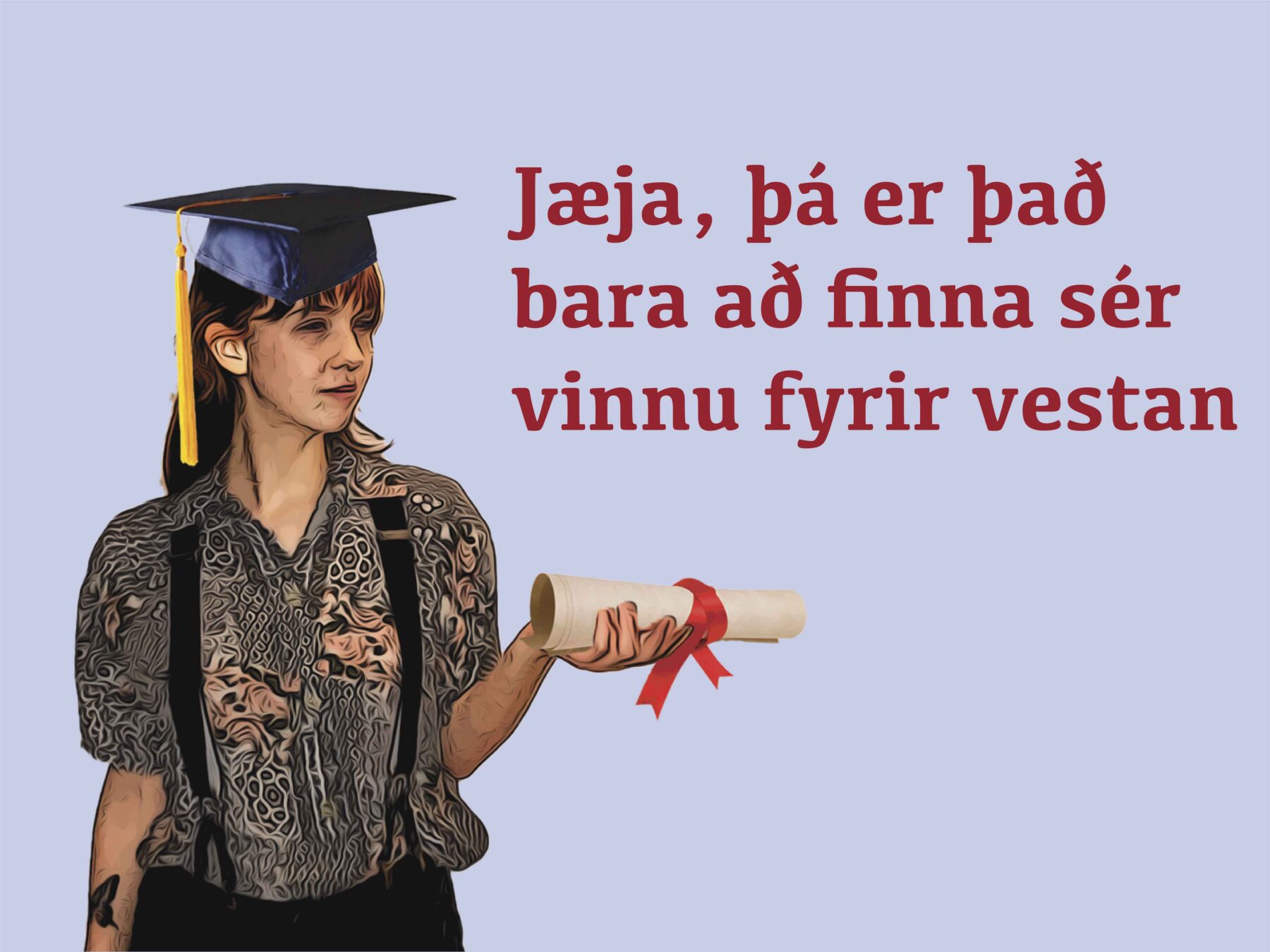
Read more about...